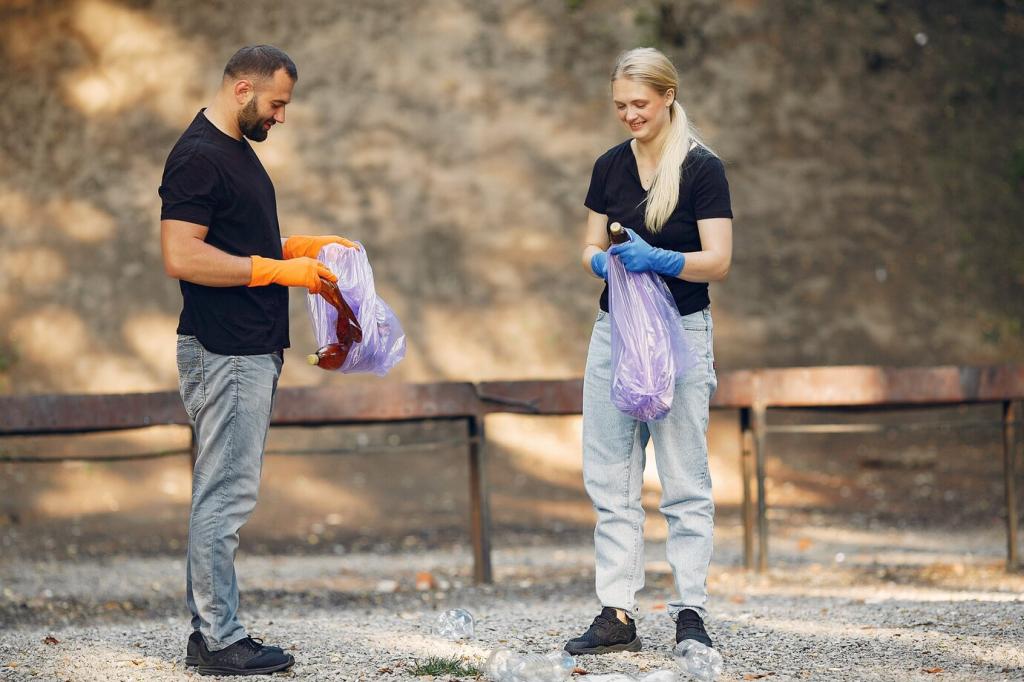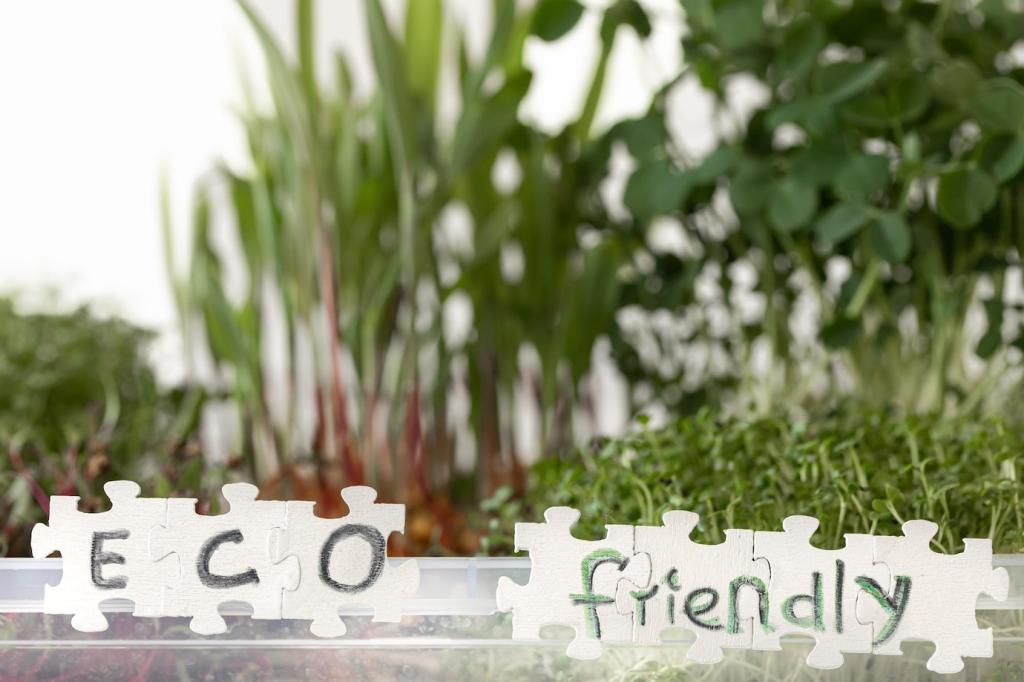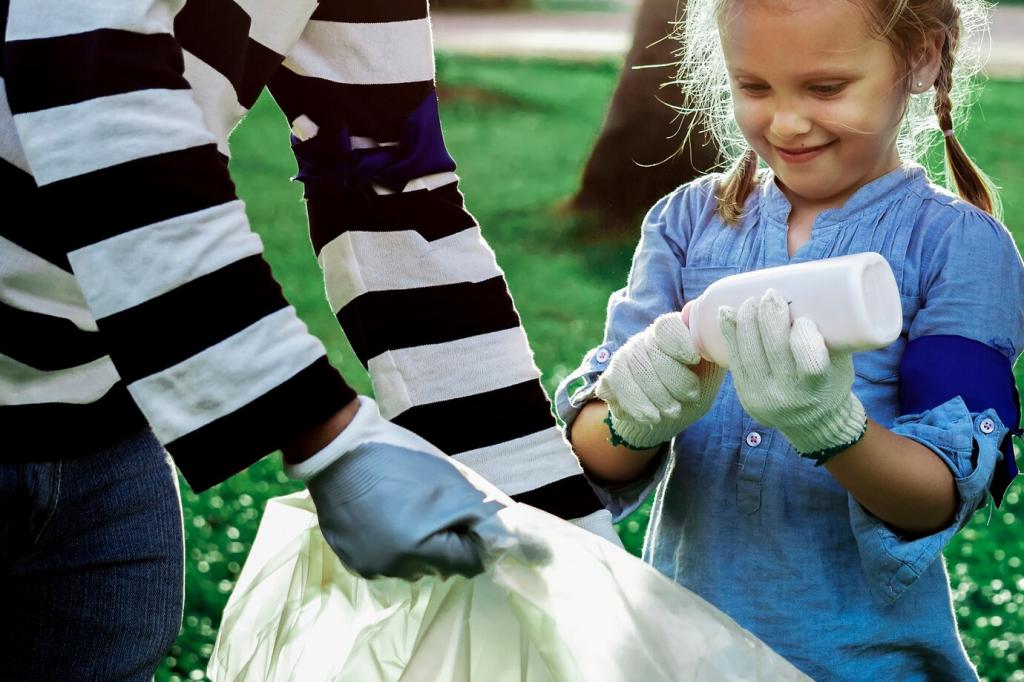Shine Kindly: Biodegradable Cleaning Products for Furniture
Chosen theme: Biodegradable Cleaning Products for Furniture. Welcome to a home where every wipe respects your living space and the planet. Explore gentle, effective ways to care for wood, leather, and fabric without harsh residues—then share your questions and subscribe for more practical, eco-smart guidance.
Why Biodegradable Matters for Everyday Furniture Care
Healthier Indoor Air and Surfaces You Actually Touch
Your coffee table, armrests, and dining chairs meet hands, sleeves, and snacks all day. Biodegradable cleaners are formulated to break down after use, reducing lingering fumes and sticky residues that can trap dust. Cleaner chemistry supports cleaner air and comfortable routines you can keep up without headaches.
Planet-Friendly Chemistry That Keeps Working After You Finish
Once rinsed or dried, biodegradable ingredients continue a natural breakdown process via microbes, light, and oxygen. That means fewer persistent compounds moving from sink to waterways. Choosing these products helps align your cleaning habits with the life cycle of materials beyond your home.
Effective Doesn’t Mean Aggressive
A common myth says eco-friendly means weak. In practice, plant-derived surfactants and tailored enzymes lift soil and food residues remarkably well. By matching the right biodegradable formula to the right furniture surface, you get satisfying results without the scorched look harsh solvents can leave behind.
Plant-Based Surfactants that Lift Soil Gently
Look for names like alkyl polyglucosides or coco-glucoside. These plant-derived surfactants loosen everyday grime so microfiber can pull it away. They rinse cleanly and are designed to biodegrade efficiently, keeping finishes smoother and your routine pleasantly simple.
Enzymes for Food, Sweat, and Pet Messes
Protease and amylase can target proteins and starches common on dining chairs and armrests. Used properly, enzyme-based biodegradable cleaners reduce scrubbing and protect finishes. Always follow label directions and limit dwell time on delicate surfaces like unsealed wood or aniline leather.
Solvents from Citrus and Sugar—Use with Care
d-Limonene and bio-based alcohols help cut sticky residues and old polish. They are biodegradable but can be too strong for soft finishes. Test in a hidden spot, dilute when recommended, and buff promptly to avoid dulling sensitive coatings.
Surface-Specific Guidance: Wood, Leather, and Fabric

For sealed wood, use a mild, biodegradable cleaner and a barely damp microfiber cloth, wiping with the grain and drying immediately. For unsealed or oil-rubbed wood, keep moisture minimal, avoid pooled liquid, and use a wood-safe biodegradable formula to preserve patina and avoid swelling.
Smart Technique: Testing, Timing, and Tools
Apply a tiny amount in a hidden area, watch for color change, tackiness, or haze, and check again after drying. This quick ritual builds confidence and protects heirlooms from unexpected reactions, especially when surfaces have unknown finishes or prior waxes.





For sealed wood and many laminates, a few drops of plant-based dish soap in warm water can suffice. Lightly dampen microfiber, wipe with the grain, and dry thoroughly. Keep mixes mild to protect finishes and your own peace of mind.
